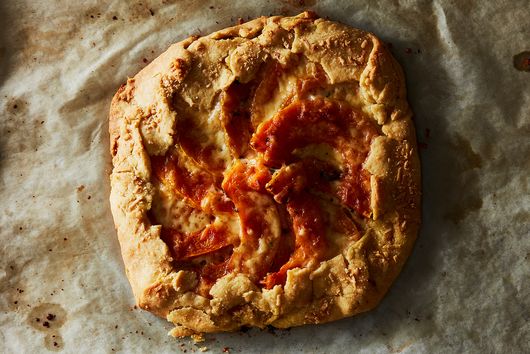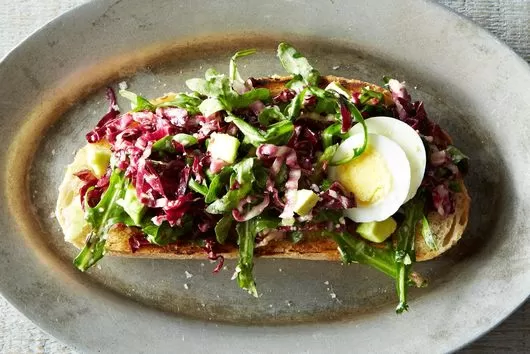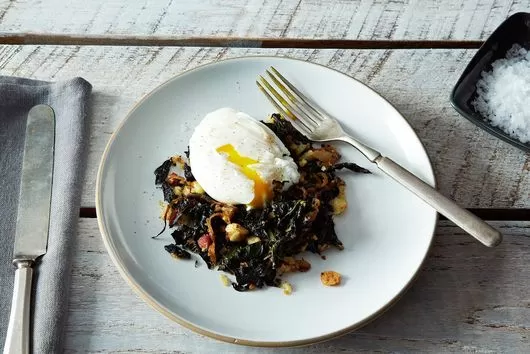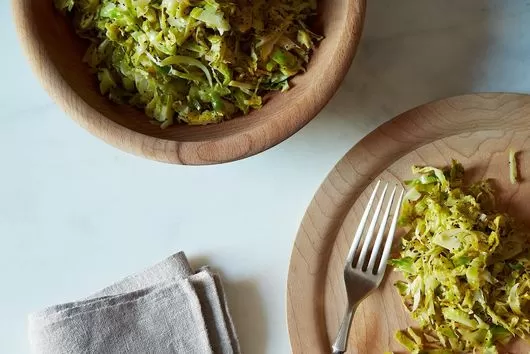Butternut Squash and Roasted Garlic Galette
PREP TIME
24 hours 30 minutes
COOK TIME
1 hour
SERVES
4 to 6
Ingredients
3/4 cup
all-purpose flour
1/4 cup
semolina flour
1/2 teaspoon
kosher salt
6 tablespoons
chilled unsalted butter, cut into small pieces
2 tablespoons
ice water, up to 4 tablespoons
1
butternut squash
2 tablespoons
olive oil
2 teaspoons
fresh thyme leaves, chopped
1
clove garlic, chopped
1 teaspoon
kosher salt
1/2 teaspoon
freshly ground pepper
10
cloves, garlic whole and unpeeled
1/2 cup
fresh ricotta
1 cup
grated fontina
2 tablespoons
grated parmesan
Ingredients
- To make the dough: Put the flour, semolina, and salt in the bowl of a food processor. Pulse to combine. Add the butter and pulse to form a mixture that looks like small peas. Add the ice water, 1 tablespoon at a time, until the dough sticks together (to test, remove the top and gather the dough in your fingers. If it sticks together without crumbling, it’s ready). Add the ice water while pulsing, until the dough comes together, being careful not to over mix. Transfer to a lightly floured board and shape the dough into a disk. Wrap tightly in plastic and refrigerate for at least 30 minutes and up to 24 hours.
- Preheat the oven to 400°F. Line 2 baking sheets with parchment paper.
- To make the filling: Cut the squash into two pieces to separate the rounder part from the narrower section. Peel the entire squash, cut both parts in half and remove any seeds. Cut all four pieces into 1/4-inch-thick slices. Put in a large bowl and add the olive oil, chopped garlic and thyme. Toss to coat evenly. Spread out on one of the prepared baking sheets. Set the bowl aside. Sprinkle the squash with the salt and pepper. Put the garlic on the baking sheet and bake until the squash and garlic are tender, about 25-30 minutes. Let cool.
- Remove the dough from the refrigerator and roll out the dough into a large circle about 1/4-inch thick. Transfer to parchment paper–lined baking sheet and refrigerate until ready to use.
- When the garlic is cool enough to handle, peel and put in the reserved bowl. Mash with the back of a wooden spoon until smooth. Stir in the ricotta.
- Remove the pastry from the fridge and spread the garlic-cheese mixture over the top, leaving a 1-inch border. Spread the squash over the garlic-cheese mixture and fold the edges toward the center of the galette. Sprinkle the fontina over the center of the galette. Sprinkle the edges of the crust with the parmesan and bake until the crust is crisp and golden brown, about 25-30 minutes. Let cool slightly before slicing and serving.






